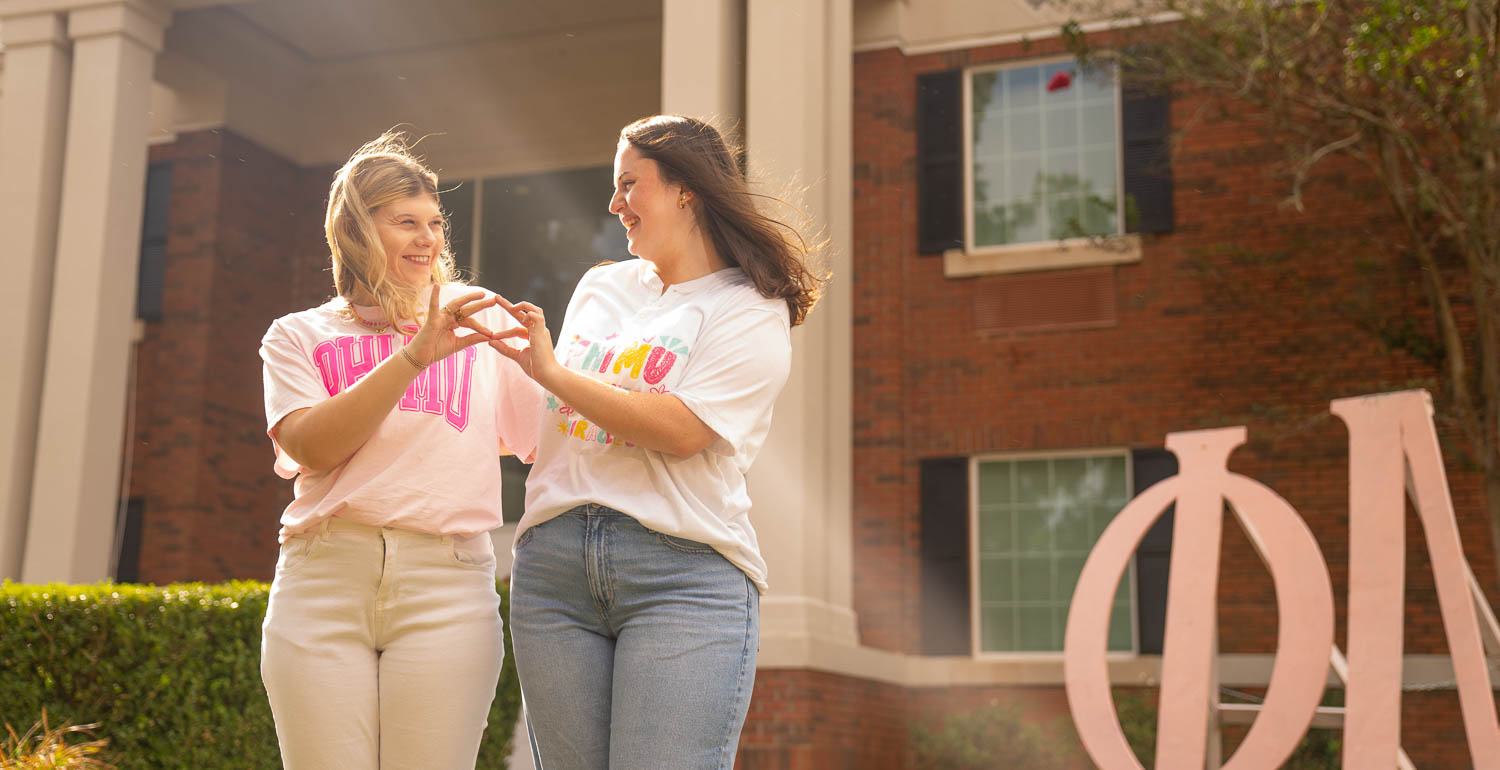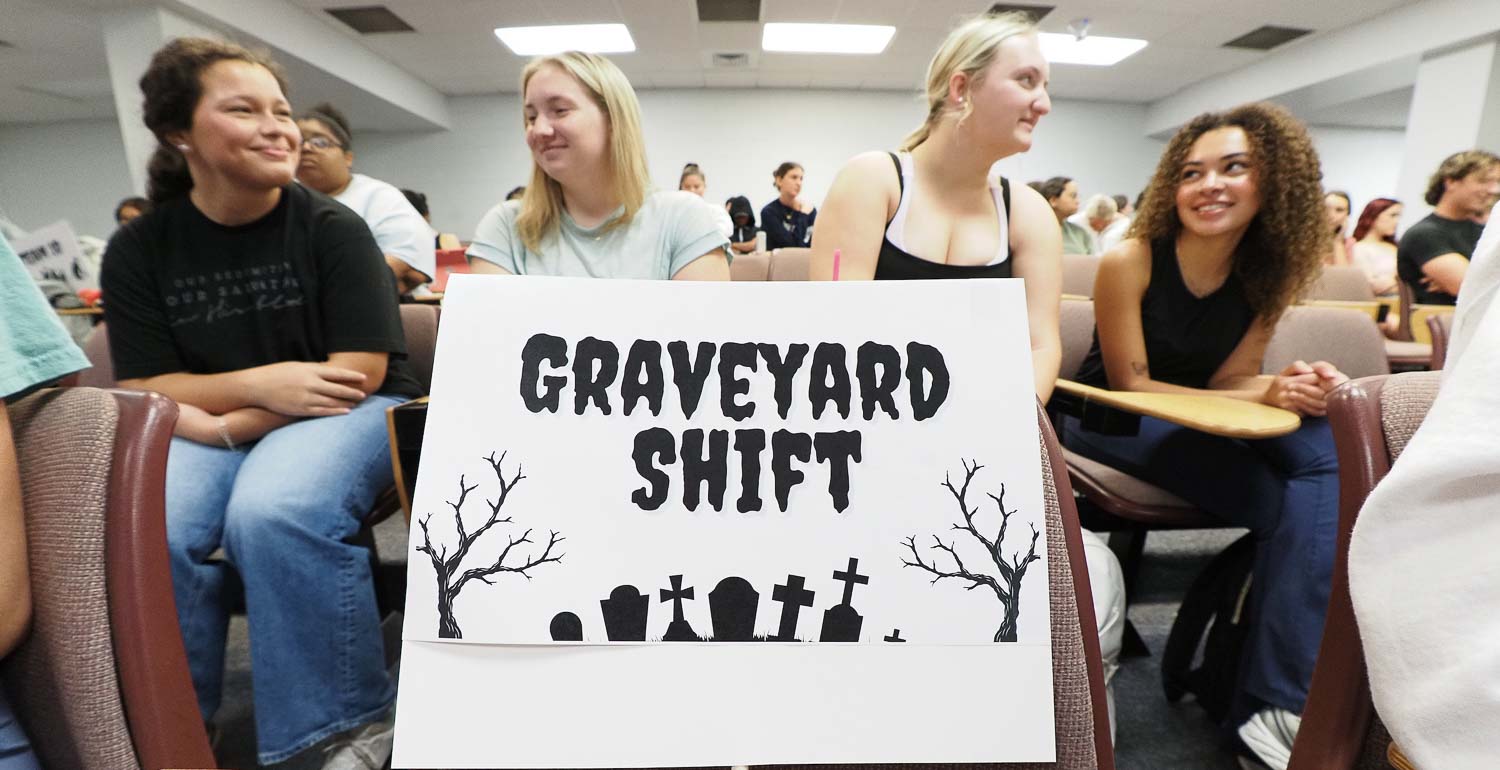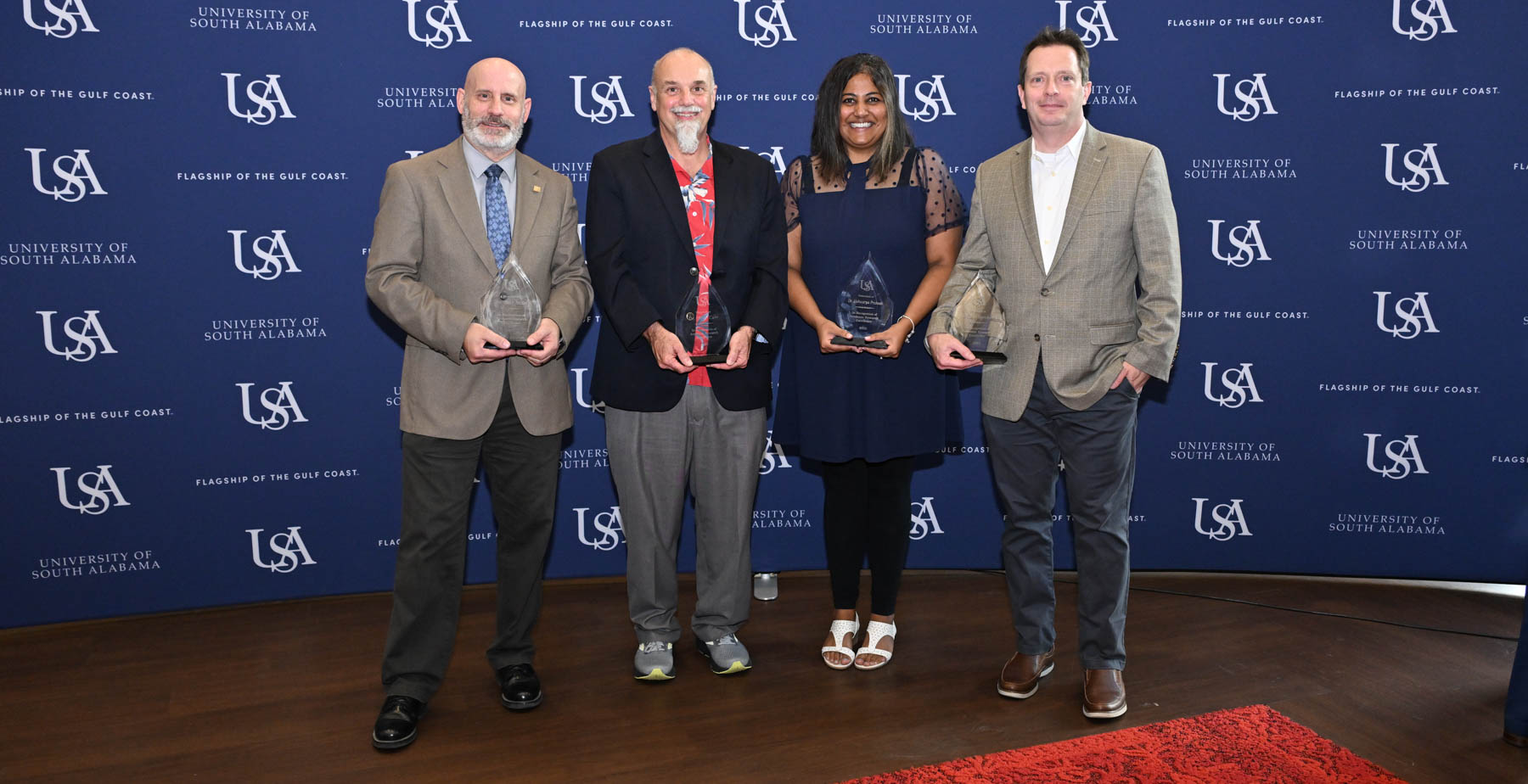Deforestation Rises in the Rainforest
Posted on February 15, 2022

Dr. Gabriel de Oliveira, an assistant professor of geography at the University of South Alabama, uses analysis of satellite images to monitor rates of deforestation in the Amazon rainforests of Brazil.
In the January issue of Science magazine, he shows a dramatic increase of deforestation in 2021, especially on indigenous lands where before there had not been as much illegal logging, burning and mining.
More than 13,000 square-kilometers of rain forest were cleared last year, according to his research, which is 69 percent above the average annual deforestation rate over of the last decade.
“We saw this spike in deforestation on indigenous lands, which are our last resort,” de Oliveira said. “The indigenous lands are the future of the Amazon.”
More than 20 percent of this deforestation occurred on Apyterewa Indigenous land in the eastern Brazilian Amazon. Illegal logging there began in 2018, followed by the burning of land for pasture and farming, with no effective law enforcement to protect the rainforest. The rate of deforestation is just the latest alarming research for one of the most important and endangered ecosystems in the world.
“There’s a big reaction in Brazil, the U.S. and Europe,” de Oliveira said. “We’ve been contacted by major news outlets in different countries and by politicians and environmental activists around the world.”
The South professor is from the city of Porto Alegre in the southern part of Brazil. He earned a master’s degree and Ph.D. in remote sensing from the National Institute for Space Research in São José dos Campos, São Paulo. Most of his research focuses on images from three NASA satellites orbiting the Earth.
De Oliveira’s research interests include vegetation dynamics, biosphere-atmosphere interactions, and water and carbon cycling. He did postgraduate work at the University of Kansas and the University of Toronto before coming to Mobile last fall.
“One of the main reasons is the location,” he said. “I have a great interest in working with the Mobile-Tensaw Delta. Also, the weather. Toronto and even Kansas were pretty cold for someone from Brazil. My hometown is at the same latitude as Mobile, with a very similar climate.”
Though much smaller than the Brazilian rainforest, the Mobile-Tensaw River Delta is one of the most diverse regions in the United States. Naturalist E.O. Wilson described it as an “American Amazon.”
In his second semester at South, de Oliveira is teaching environmental geography, remote sensing, and computer graphing and maps. He’s shared his Science article with students. He’s been impressed by their questions.
De Oliveira has been studying the Amazon for more than a decade. He’s visited the rainforest many times. This year, he’s gotten a faculty development grant from the Office of Research and Economic Development to help pay for trips to Brazil in June and December.
“Sometimes we need ground data to validate our remote sensing estimates,” he said. “Basically, I’ve been to all the states of Brazil in the Amazon, and also Peru and Bolivia.”
De Oliveira had never visited the Amazon until he became a graduate researcher. He fell in love with what he calls the vastness of the rainforest and river networks. He has to remind himself that he is a scientist, not an activist or politician.
His contribution to the preservation of the Amazon is precise data and accurate analysis.
“As a citizen – a citizen of the world, not just Brazil – it makes me feel like I’m doing my part,” de Oliveira said. “I feel relieved when I have a big paper in Science. At the same time, it’s very tough, because sometimes you don’t see results in practice. My part as a scientist is done. Now it’s up to lawmakers and politicians to do something about it. I hope our article helps bring international pressure to make the Brazilian government do something to protect this beautiful and important ecosystem for future generations.”





